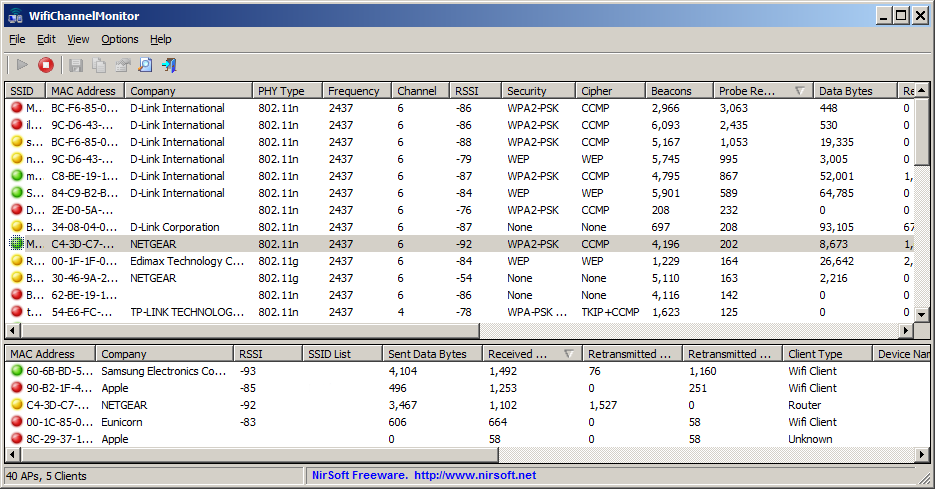

These tools are useful to detect items such as appliances or defective florescent light fixtures that may cause interference problems. There are also tools available from 3 rd-party vendors that will display all transmissions on the 2.4 and 5GHz frequency bands. A network operator will want to avoid devices that use the 2.4 or 5 GHz frequencies if at all possible.
#How to scan wifi channels around me manual
If that is not available, a look through the manual or a search on the Internet can be used to find what frequency is used.

Such devices will typically have a label (often on the bottom or in the battery compartment) indicating the frequency used. Other sources of potential interference cannot be detected using 802.11 Wi-Fi tools, including microwave ovens, 2.4 GHz or 5GHz cordless phones, wireless security cameras, cordless phone headsets, Bluetooth devices, security system motion detectors, defective florescent light fixtures, and personal “Mi-Fi” hotspots. There are free tools available on the Internet that will allow a typical laptop or smart phone to be able to view Wi-Fi networks and their associated signal strengths. The first and easiest place to look for Wi-Fi interference sources is other Wi-Fi signals. In this situation, the configured Wi-Fi network can actually interfere with itself. Co-channel interference may also result when access points are placed too close together and are configured with too high of an output power. This can happen when a signal is using the same channel. The most common source of Wi-Fi interference is other Wi-Fi signals outside of the network operator’s control. Typically, network operators will detect slower speeds, higher latency, frequent disconnects and reconnects, and sometimes a complete inability to connect to a Wi-Fi signal.

Wi-Fi interference is any signal outside of the configured Wi-Fi network that impairs normal operation of the Wi-Fi network.


 0 kommentar(er)
0 kommentar(er)
